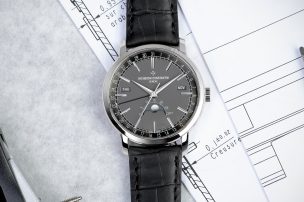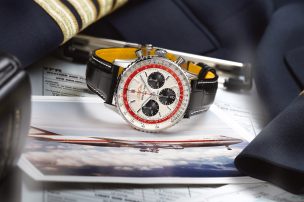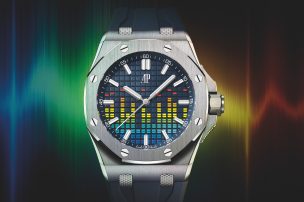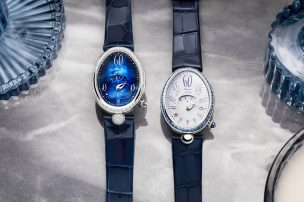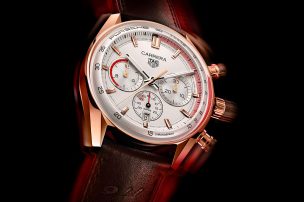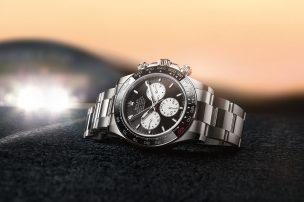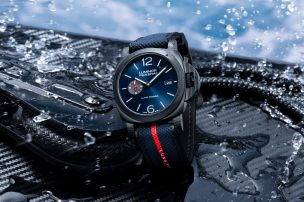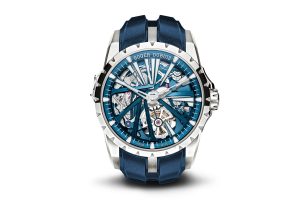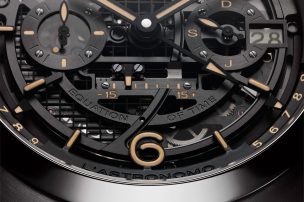
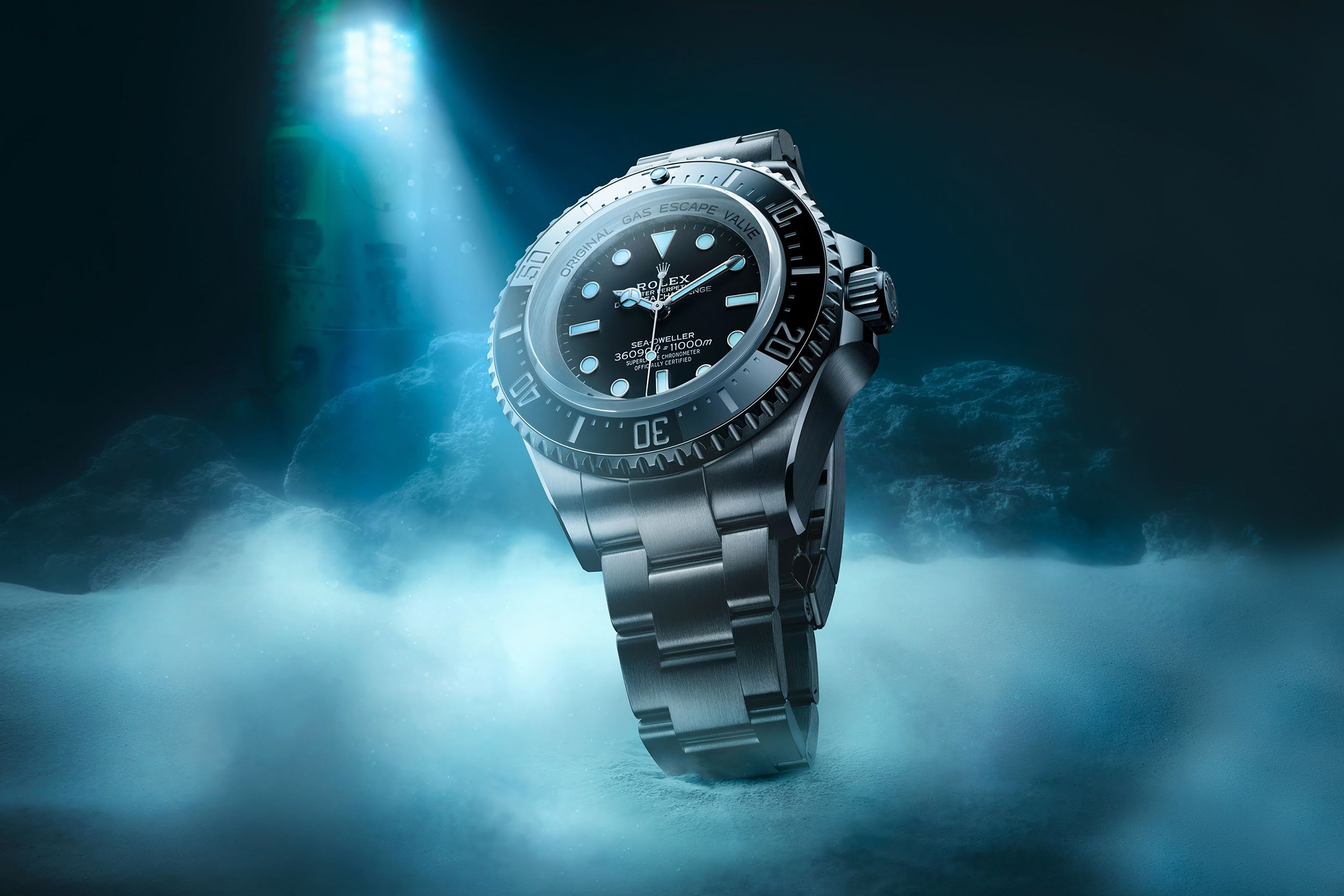
A New Milestone: The Rolex Oyster Perpetual Deepsea Challenge
With the Oyster Perpetual Deepsea Challenge, Rolex once again revives an idea of the past: the wristwatch as a practical tool. Built and developed for the professionals – that is the formula Rolex focuses upon for its new release, which is water-resistant up to 11,000 metres. The titanium case, ringlock system and helium escape valve make the watch the most pressure-resistant ever made. It is also the first time that Rolex has used titanium RLX instead of their well-known Oyster steel for the material.
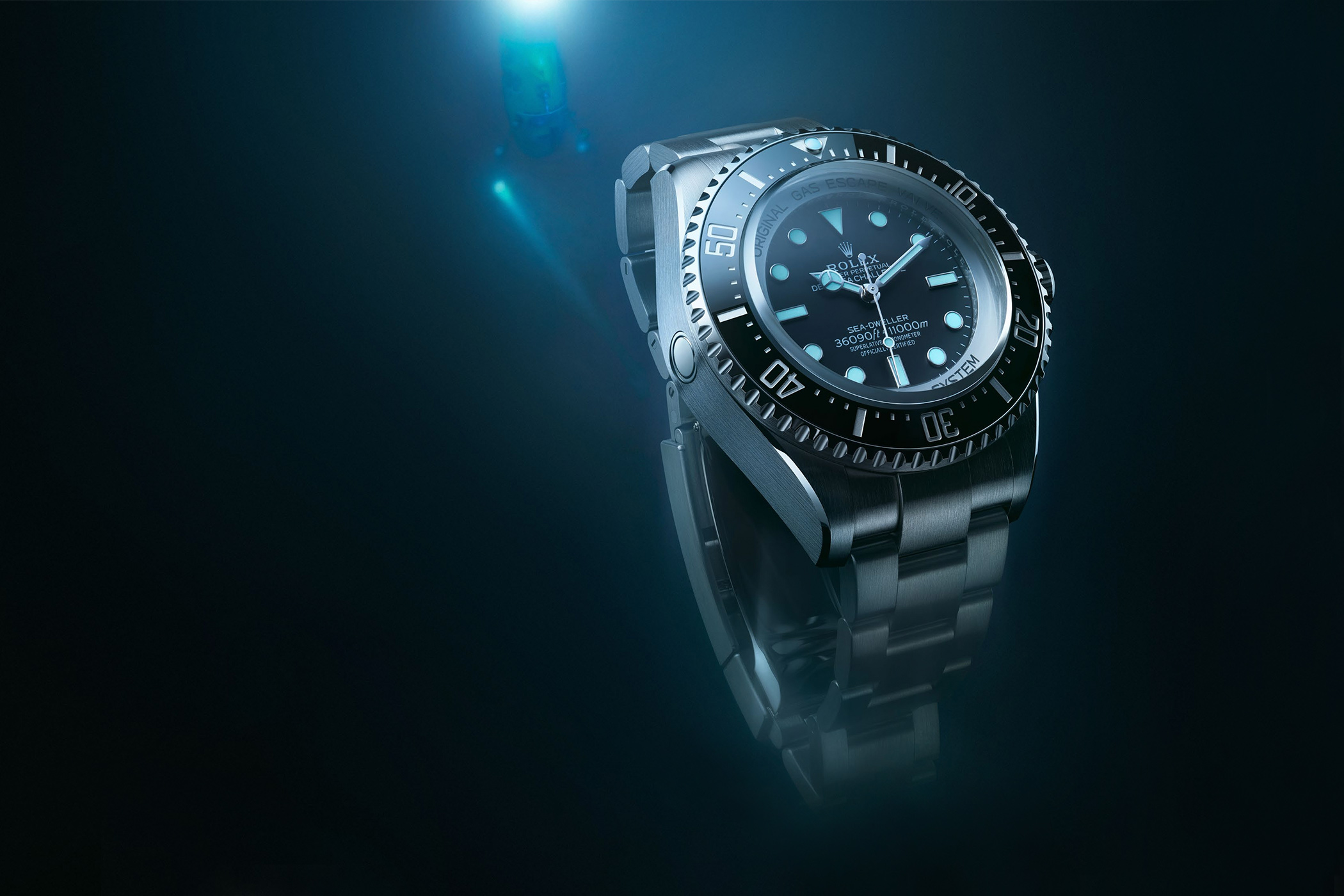
Models like the Submariner, launched in 1953, the Sea-Dweller (1967) and the Deepsea (2008) all embody a certain symbolism. Now, the Oyster Perpetual Deepsea Challenge also harbours, in addition to its technical particularities, a nautical heritage that we would like to take a closer look at first.
James Cameron and Rolex
James Cameron and Rolex have long shared a partnership. In 2012, filmmaker and explorer James Cameron took on his own Deepsea Challenge by making a solo dive to the deepest point in the world’s oceans. On his wrist, his Submariner, which has always accompanied him on expeditions and film shoots for 25 years.

The solo dive of James Cameron, 2012
Cameron’s dive was inspired by the first great journey into the deep. In 1960, Jacques Piccard and Don Walsh became the first people to reach the deepest point of our oceans, the so-called Challenger Deep, at the bottom of the Mariana Trench. Rolex was present then, too, with a watch specially made for the occasion.
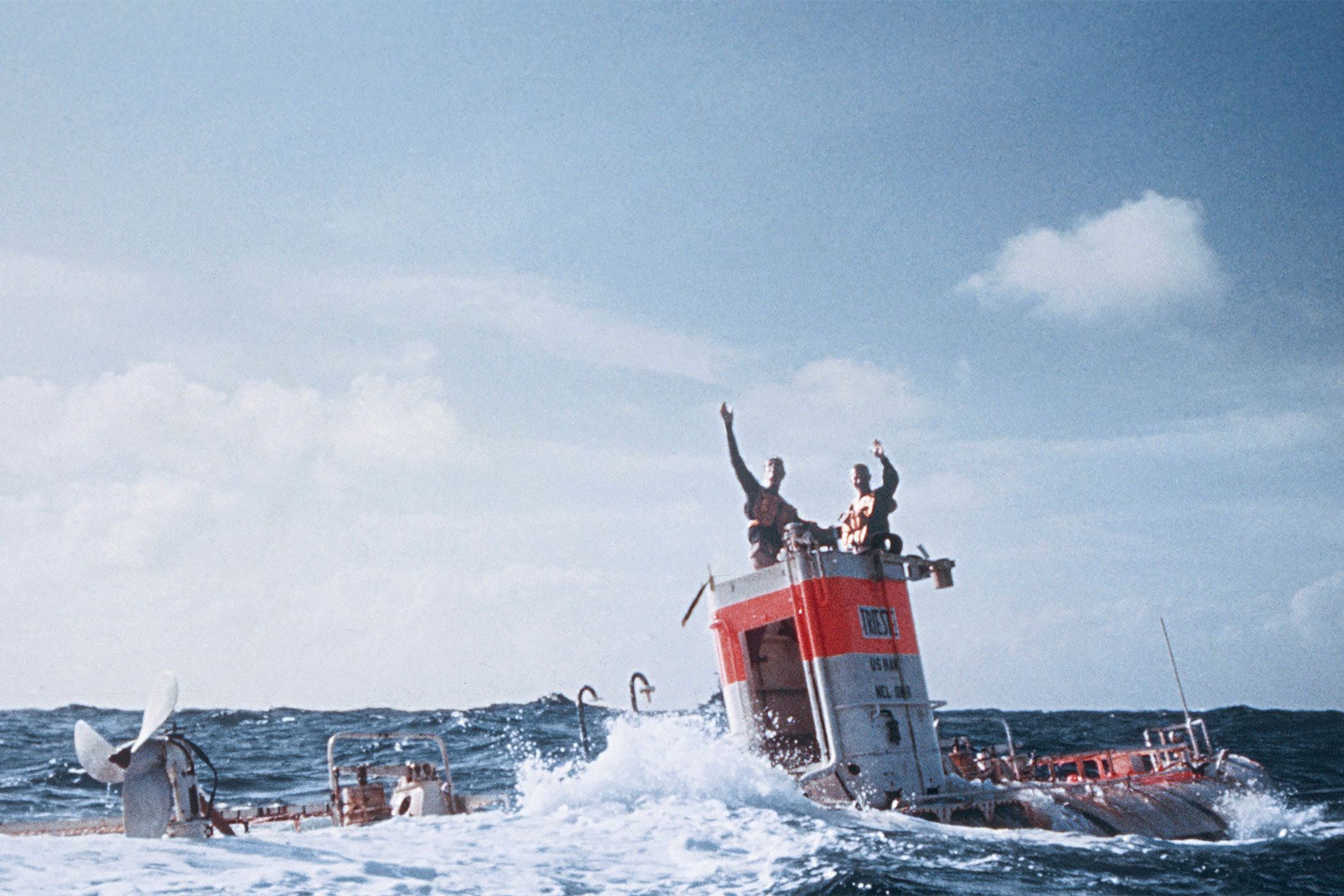
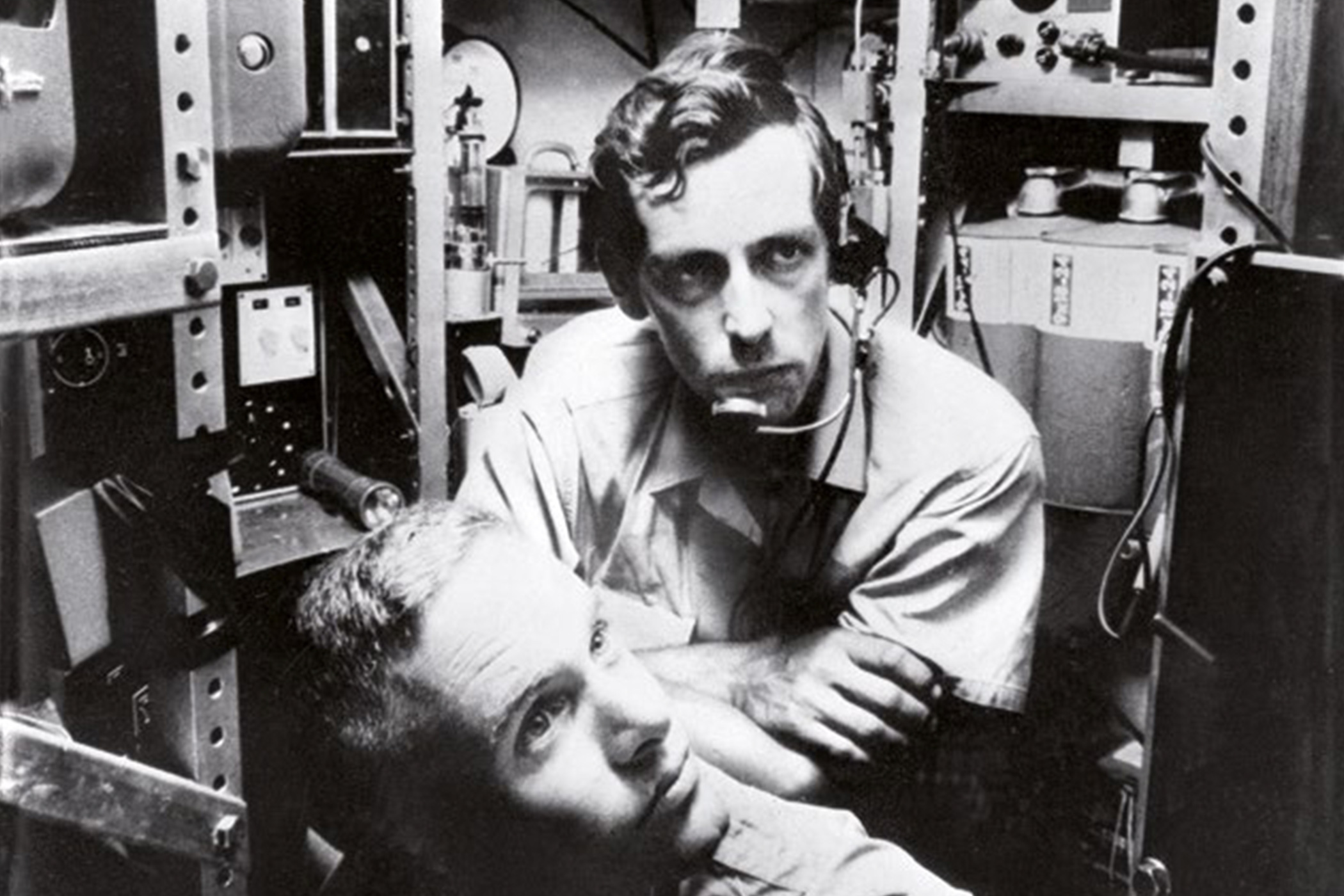
Jacques Piccard and Don Walsh on board the Trieste
Cameron’s deep-sea expedition motivated Rolex to develop another experimental wristwatch for this occasion as well. However, creating a watch with the ability to withstand the enormous pressure of 17 tonnes and a depth of 15,000 metres posed an enormous challenge for Rolex. Within a very short time, they accomplished the task; a prototype that was attached to the robotic arm of James Cameron’s submersible and accompanied him on his journey into the deep unknown. This very prototype can be seen as a precursor to the Oyster Perpetual Deepsea Challenge now being introduced.
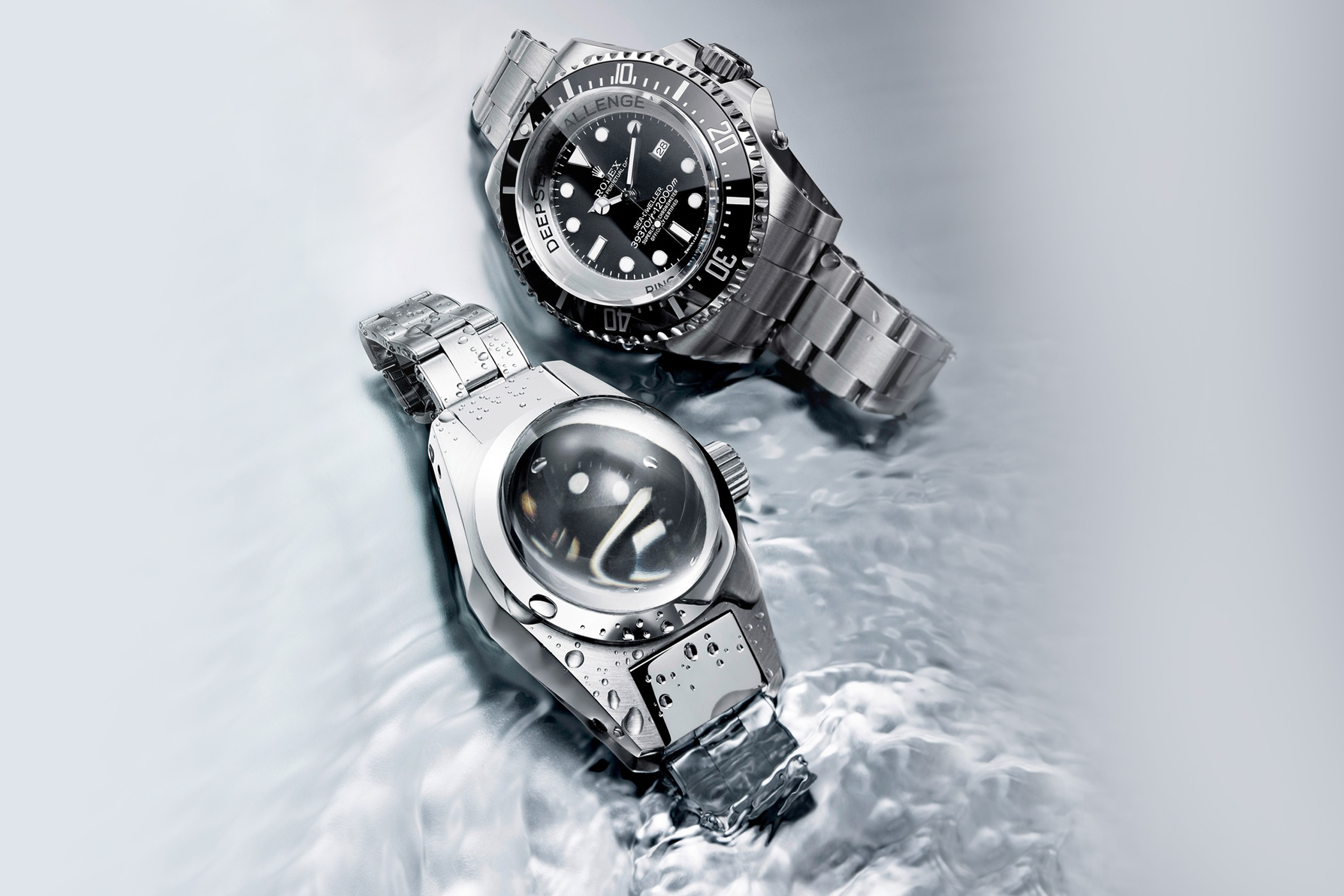
The experimental watches (Deep Sea Special 1960, Deepsea Challenge 2012)
The Oyster Perpetual Deepsea Challenge
The case
The case has a number of watchmaking refinements and a hefty height of 23 mm that is second to none. The ringlock system is a decisive factor in achieving the water resistance of 11,000 metres. It is based on a reinforced case structure consisting of a 9.55 mm thick sapphire crystal, a compression inner ring in nitrogen-alloyed stainless steel and a caseback in titanium RLX.
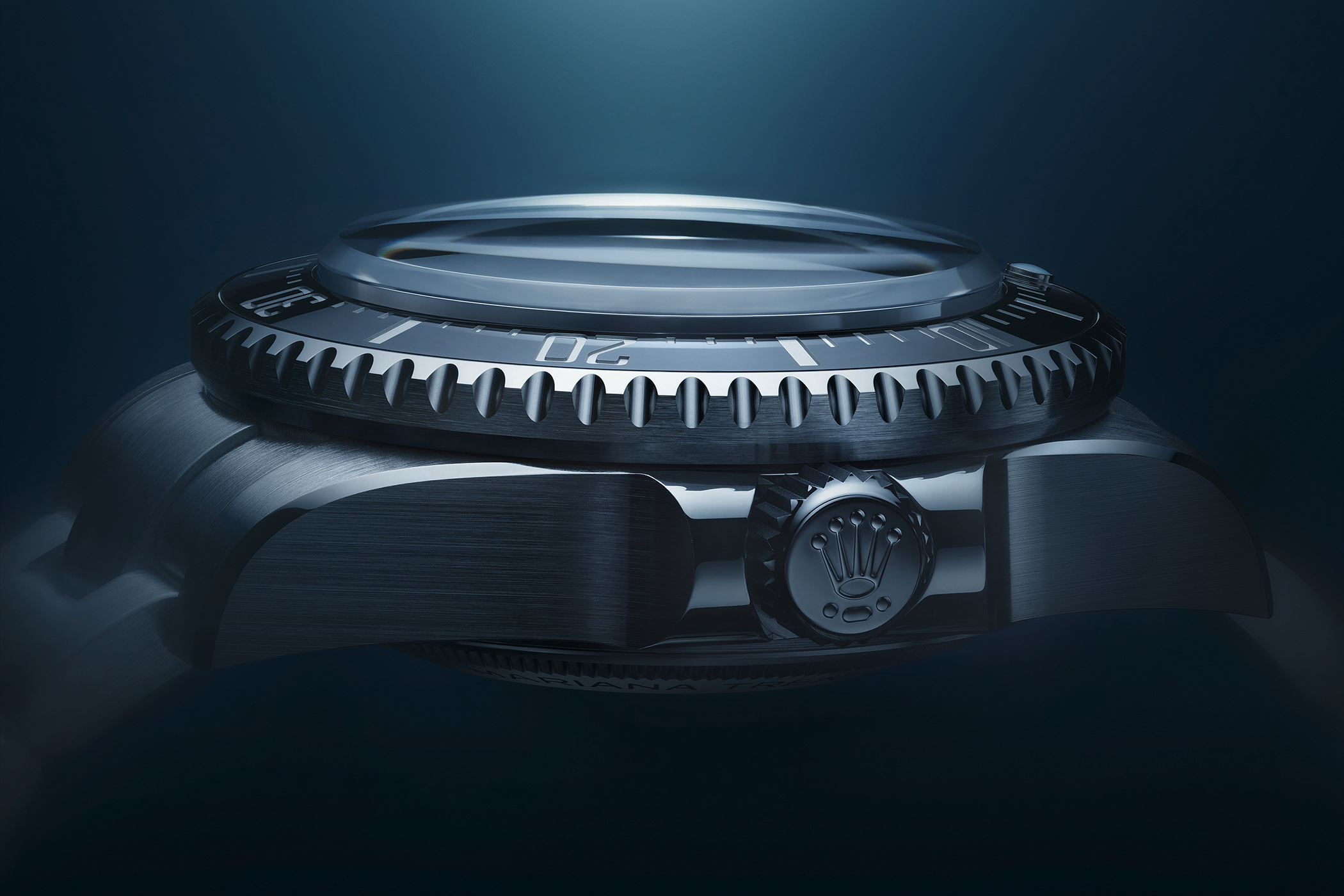
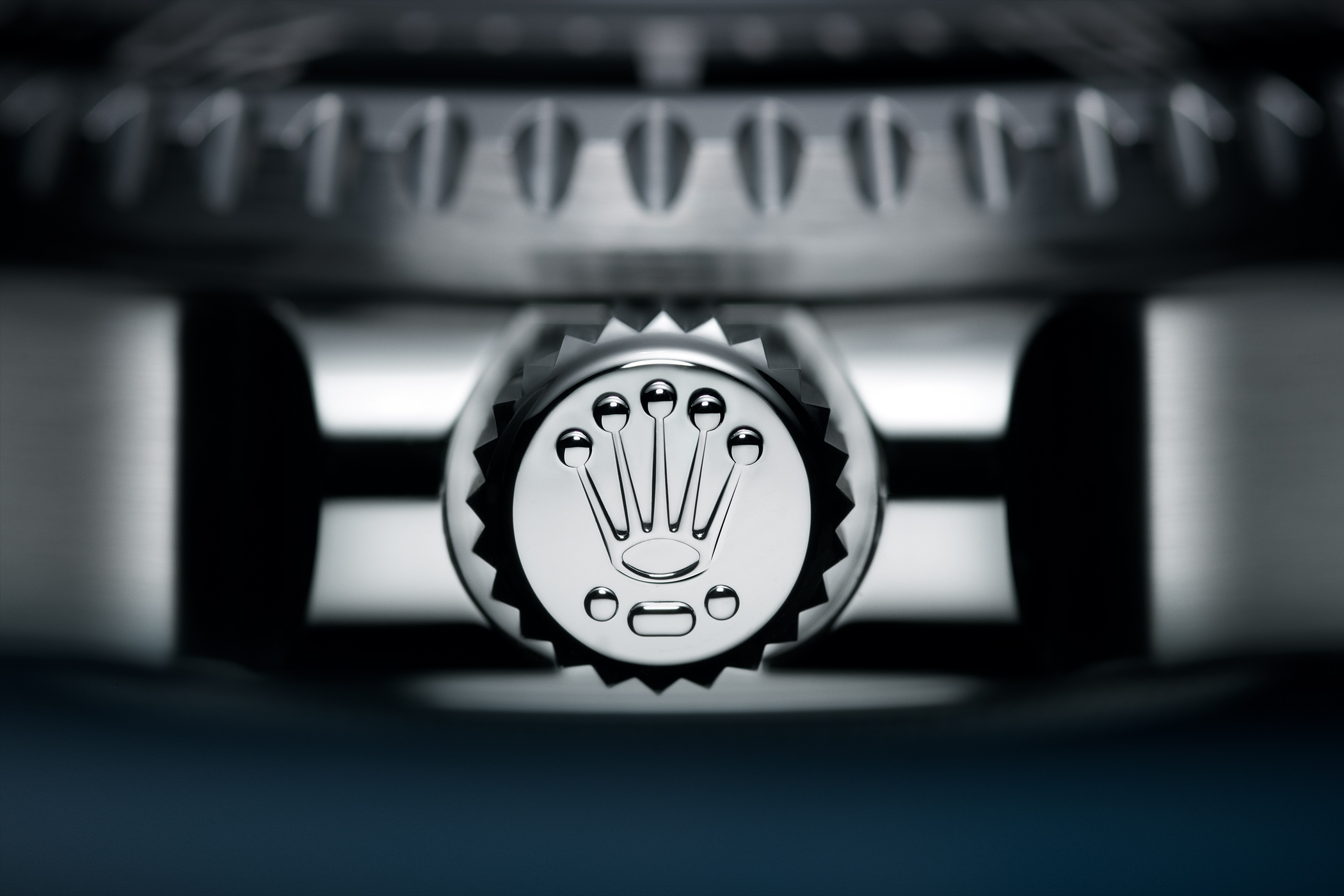
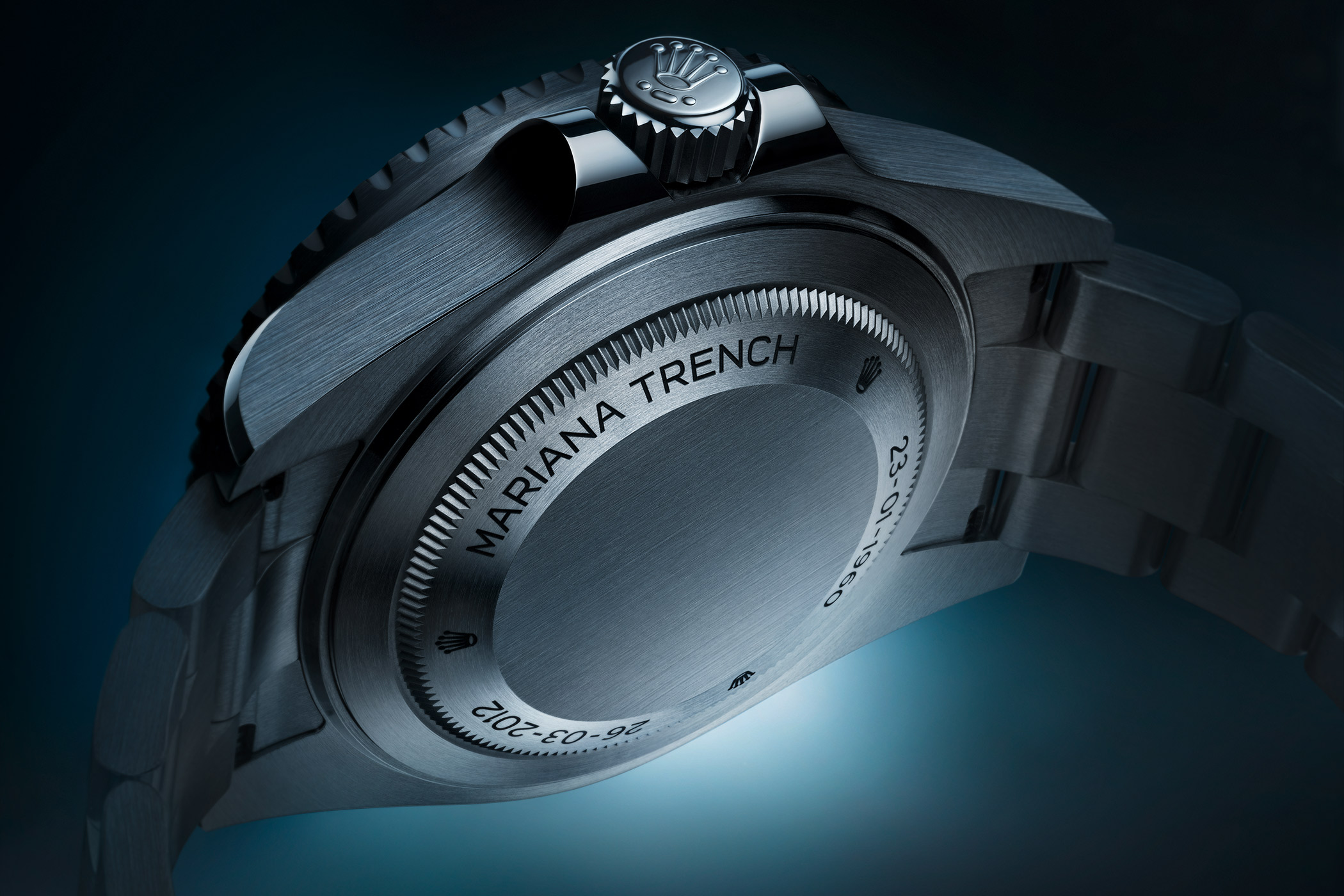
Titanium RLX, also chosen as the material for the 50 mm diameter case, combines light weight with resistance to corrosion and misshapement. For comparison; it weighs 30 percent less than the experimental watch James Cameron carried on his expedition.
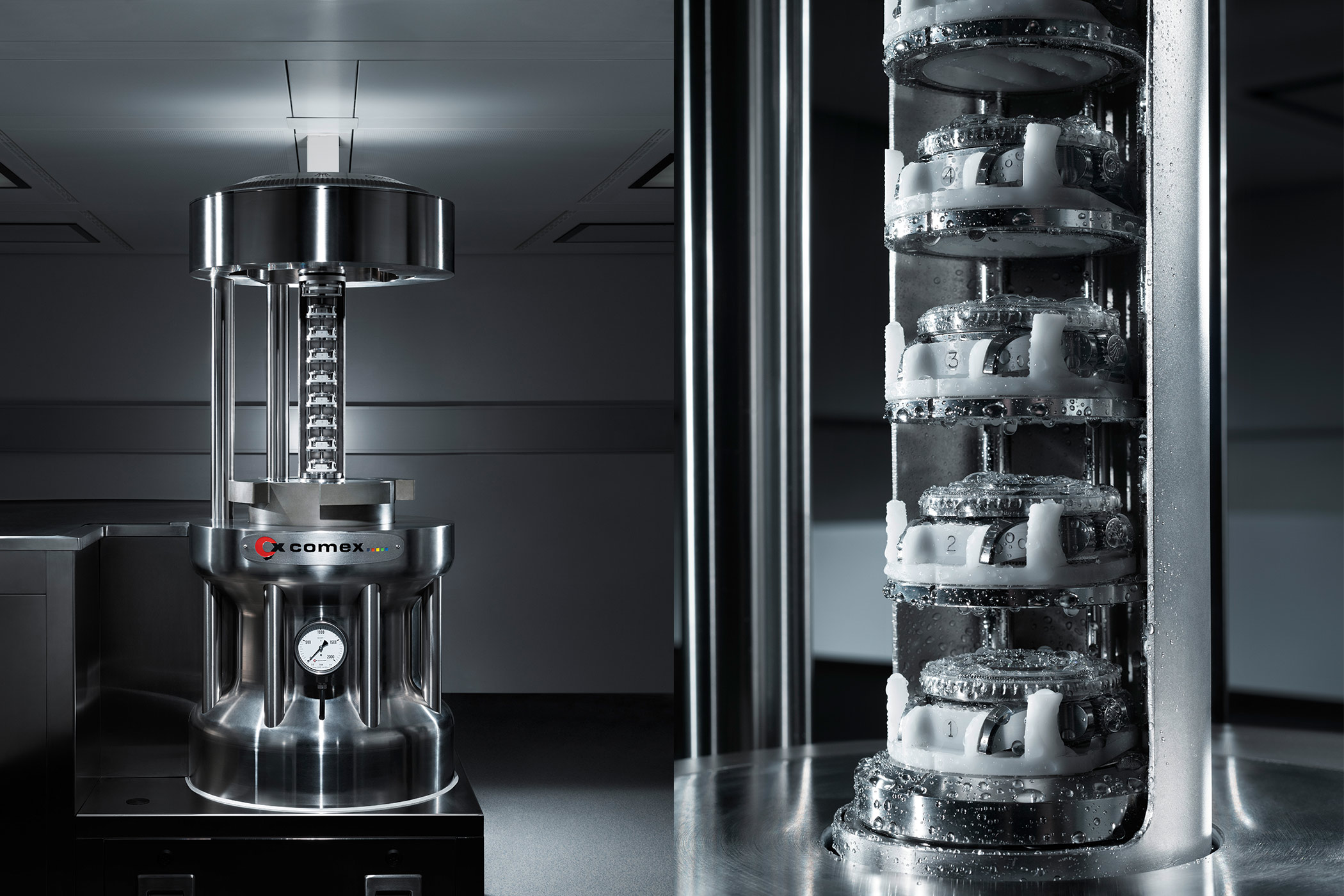
Another stand-out feature is the titanium RLX bezel. This unidirectional bezel has a monobloc number disc in black ceramic. This, in turn, is adorned with a 60-minute graduation that glows in a vibrant blue thanks to the Chromalight Chaton coating.
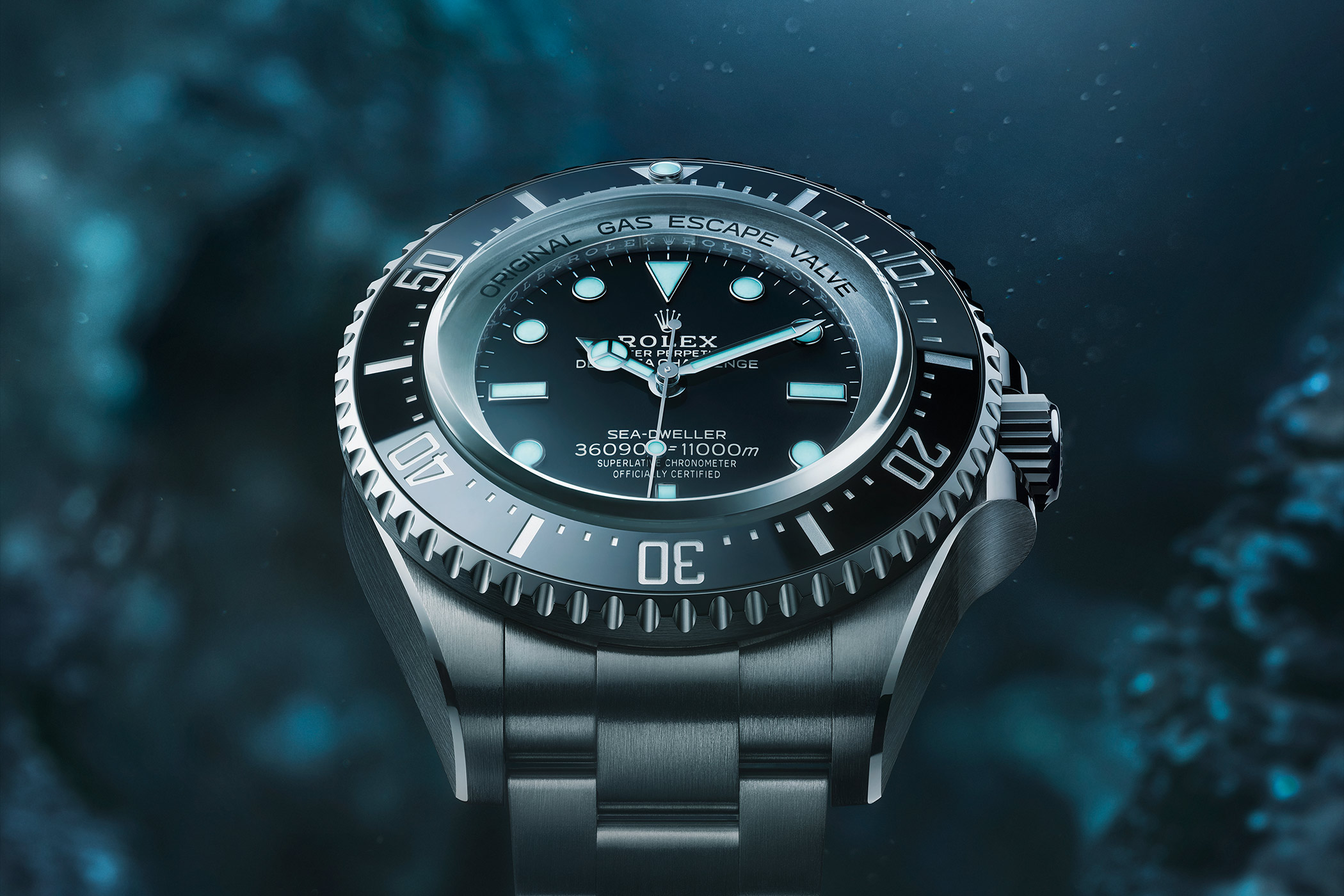
The watch has a helium valve that enables safe decompression during dives. During their stay in the underwater stations, the watches slowly fill with helium; if this cannot escape sufficiently from the case during ascent, there is a risk of damage to the mechanics or of the watch glass being blown off. To prevent this, the valve invented by Rolex is automatically activated when the internal pressure in the case is too high, thus slowly and safely releasing the helium in the watch.
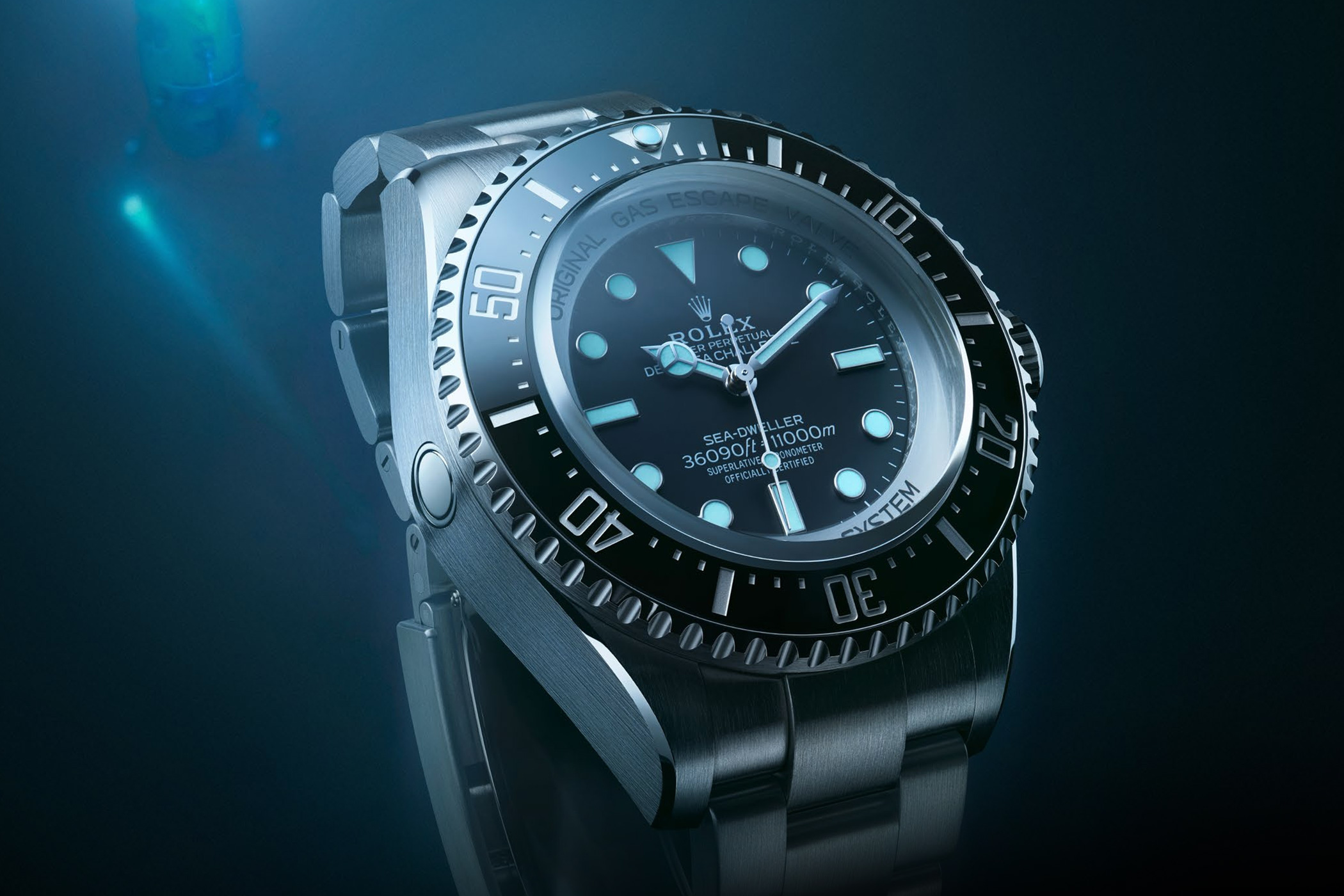
The dial
The typical Rolex matt-black dial features a finely satin-finished look. Easily readable indices with Chromalight coating that glow in a blue shimmer complete the aesthetic. The hands also have the same coating, making them easy to read even in the depths of the sea.
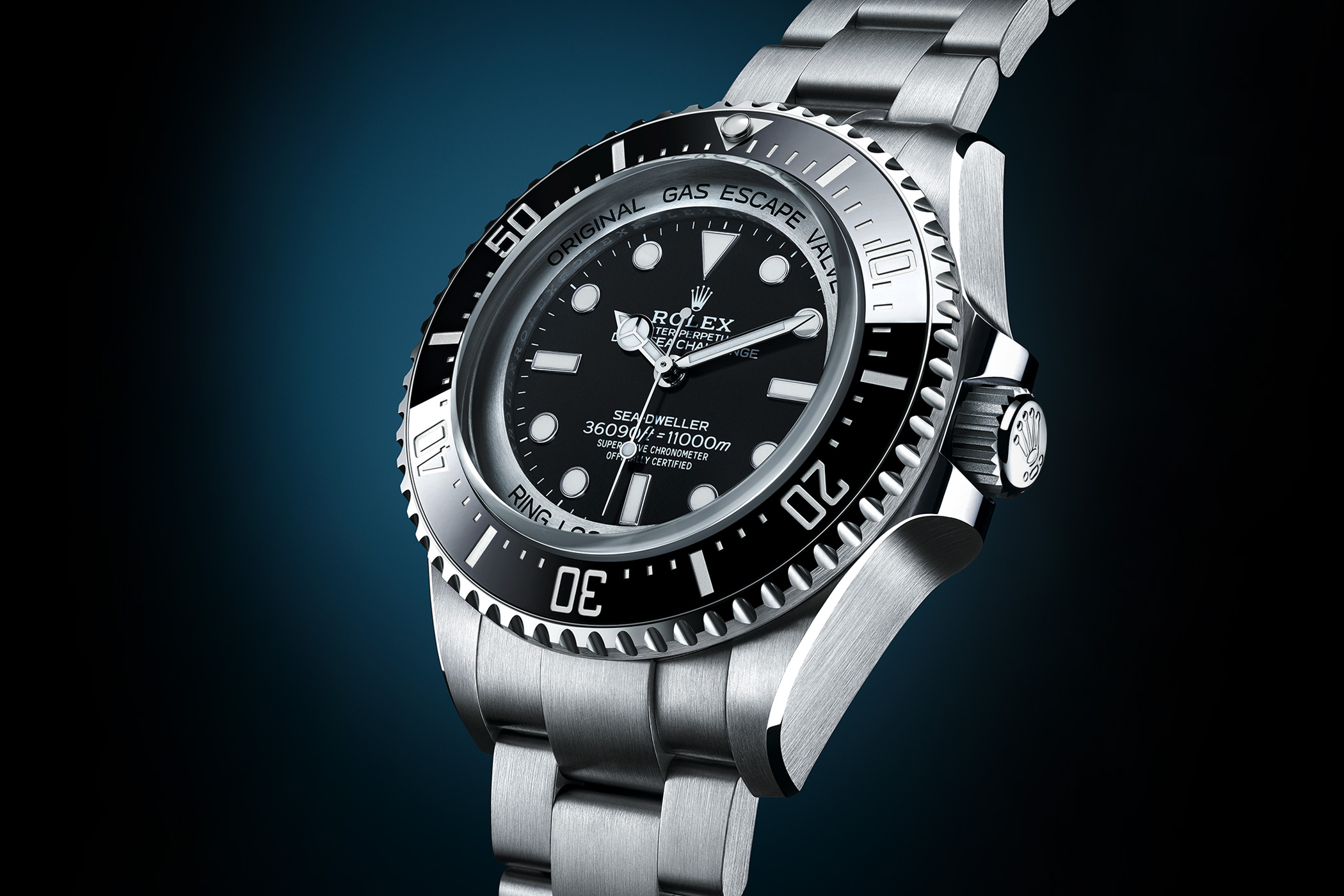
The movement
Inside the Oyster Perpetual Deepsea Challenge ticks the calibre Perpetual 3230, a movement entirely developed and manufactured by Rolex, featuring automatic winding. The calibre 3230 is equipped with the patented Chronergy escapement. This escapement with a nickel-phosphorus alloy is insensitive to magnetic fields. The movement also has an improved version of the blue Parachrom hairspring, which also features a paramagnetic alloy. This hairspring is also equipped with a Rolex end curve that ensures regular running in all positions. To increase the shock resistance of the movement, the oscillator is held in place by a Paraflex anti-shock system. Powered by the automatic perpetual rotor, the calibre boasts a power reserve of 70 hours.
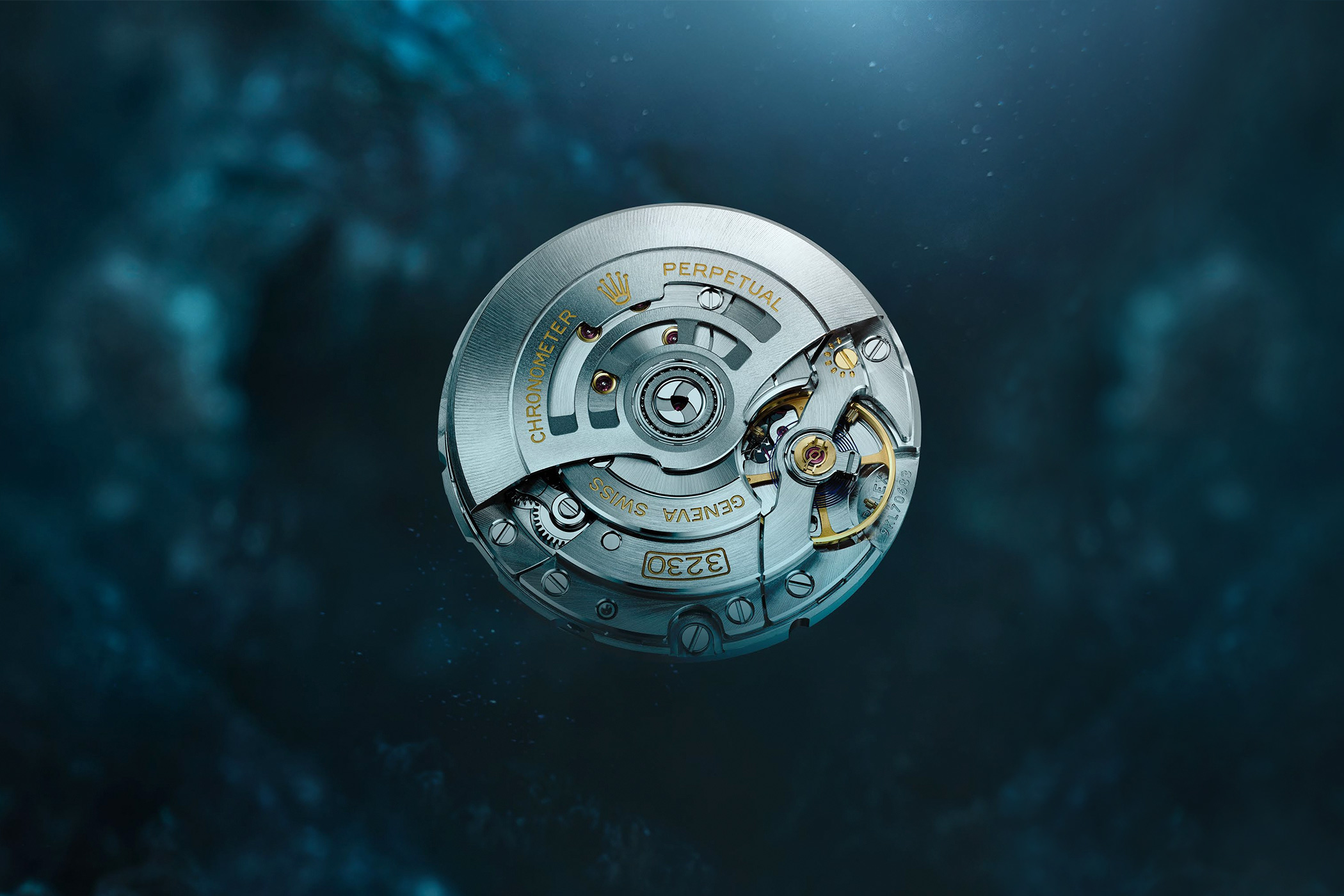
The bracelet
The Oyster Perpetual Deepsea Challenge comes with an Oyster bracelet made of titanium RLX, which has two extension systems: the Fliplock extension element and the Rolex Glidelock system. These two systems make it possible to wear the watch over a diving suit up to 7 mm thick.
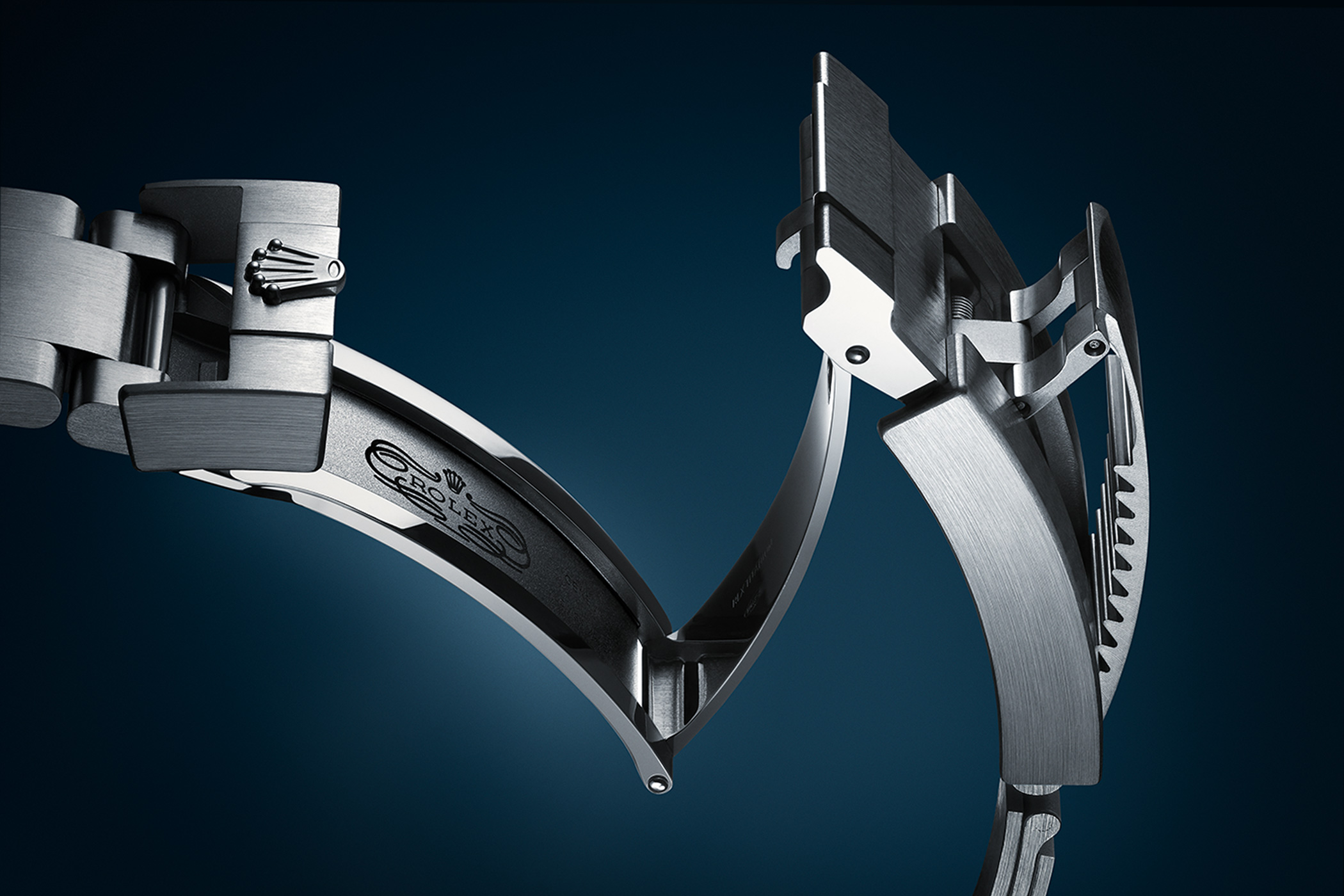
Price & Availability
Interested parties can now purchase the Rolex Oyster Perpetual Deepsea Challenge for 25,500 euros.
FEATURES
Height: 23 mm
